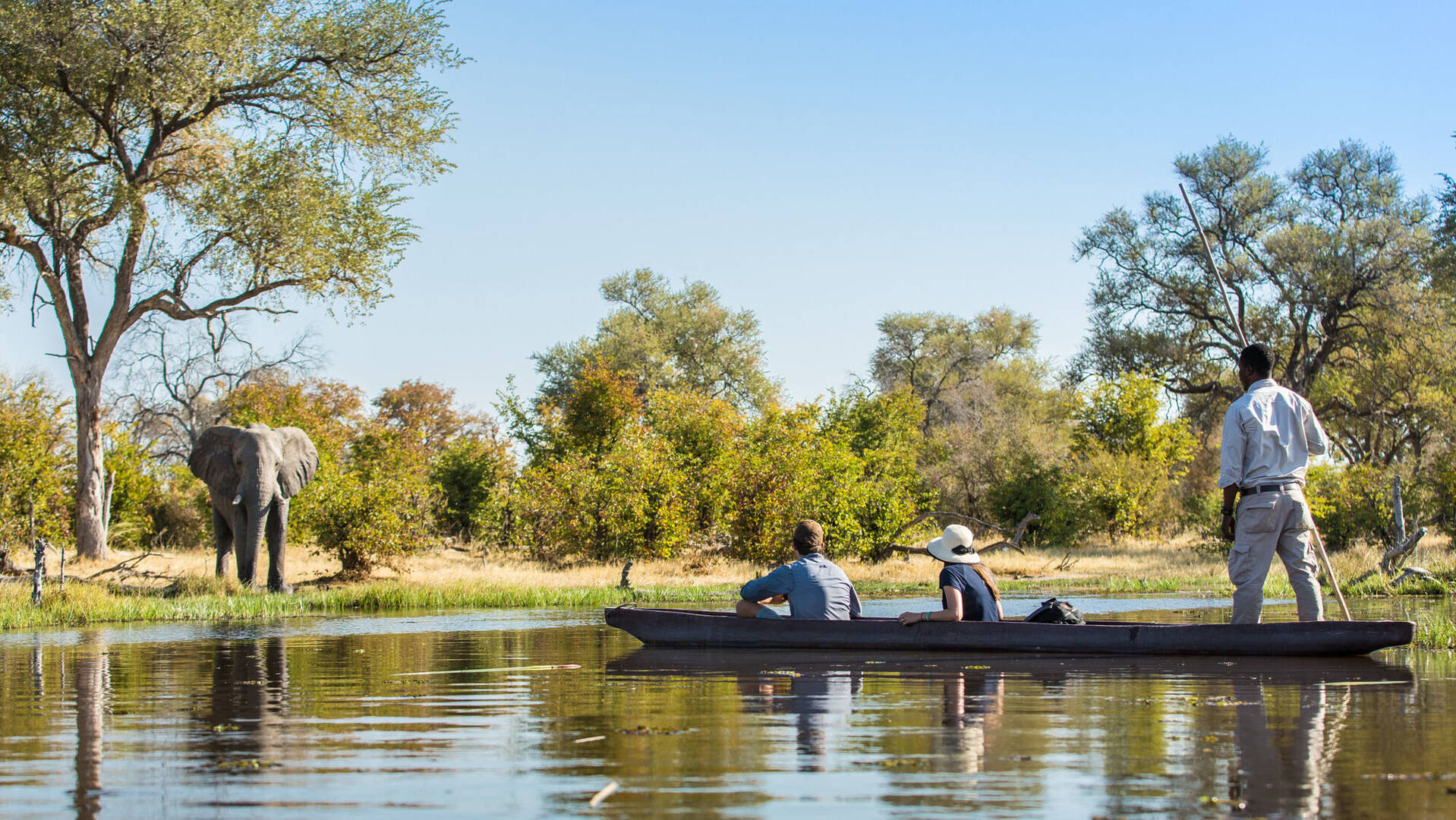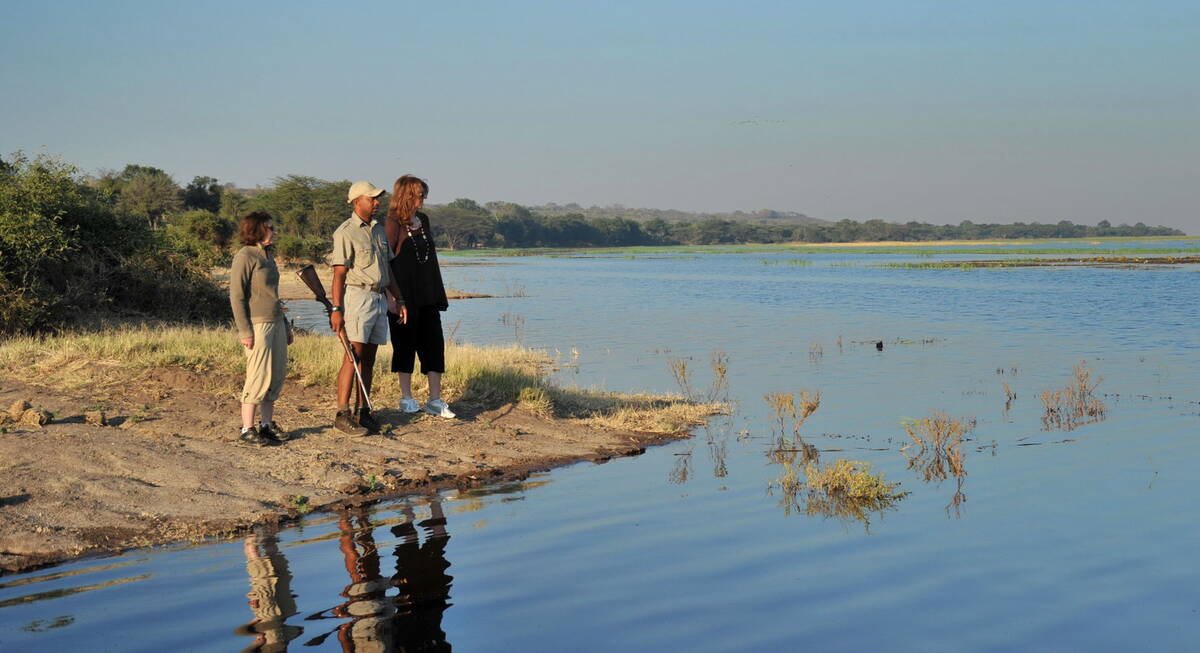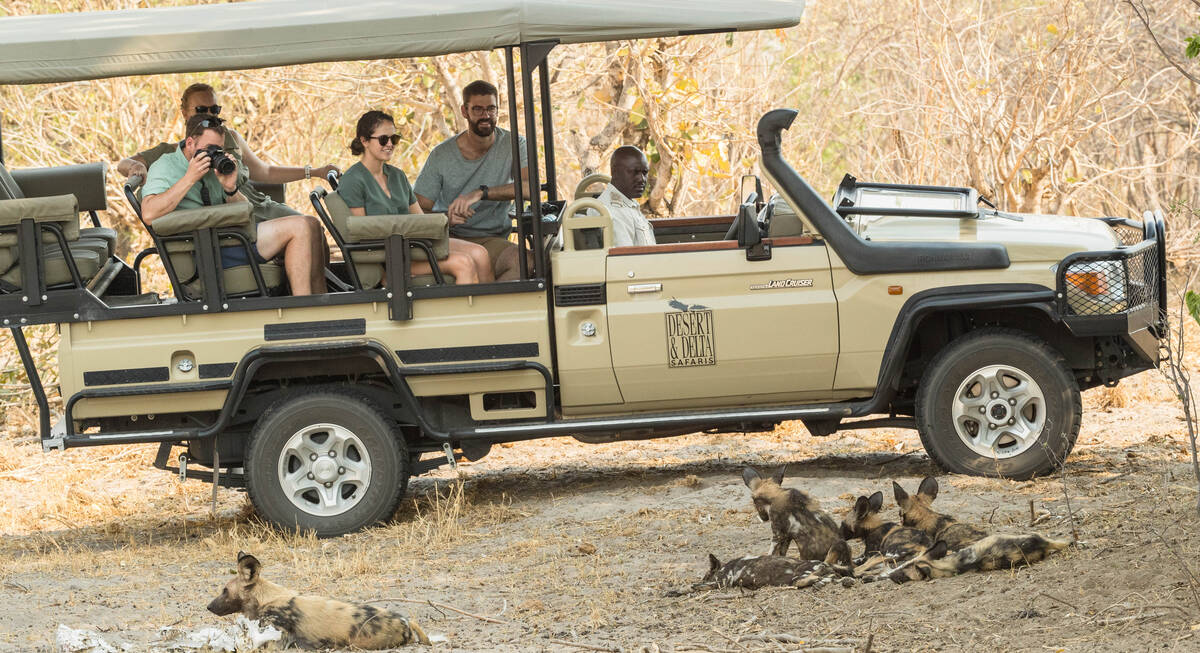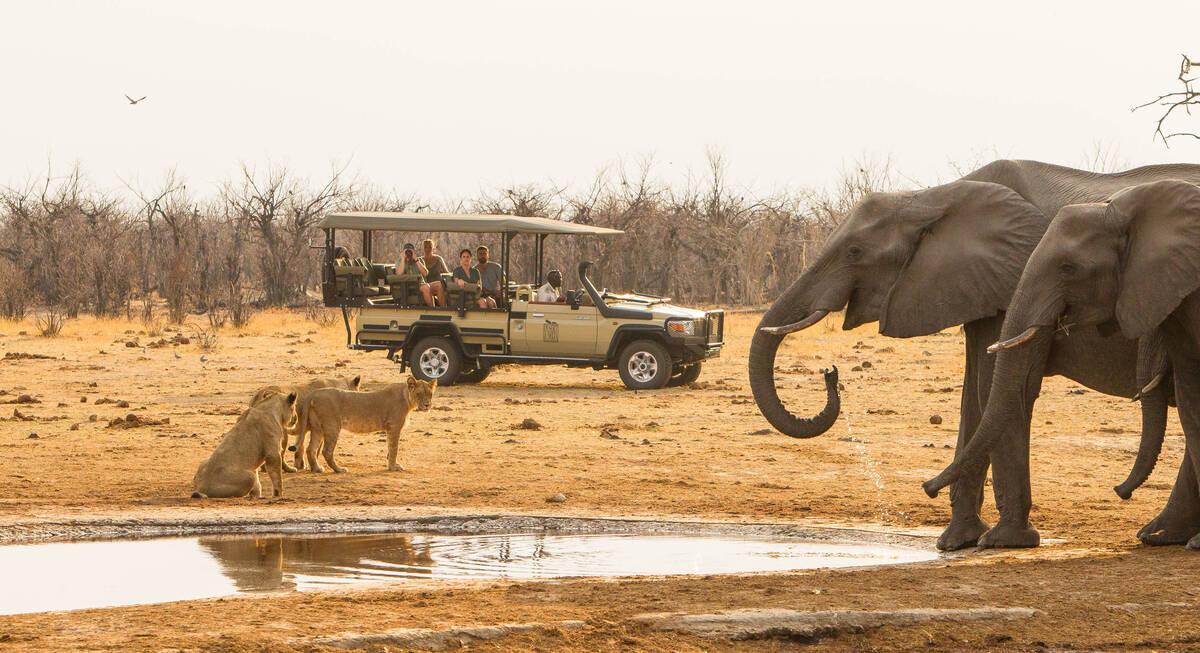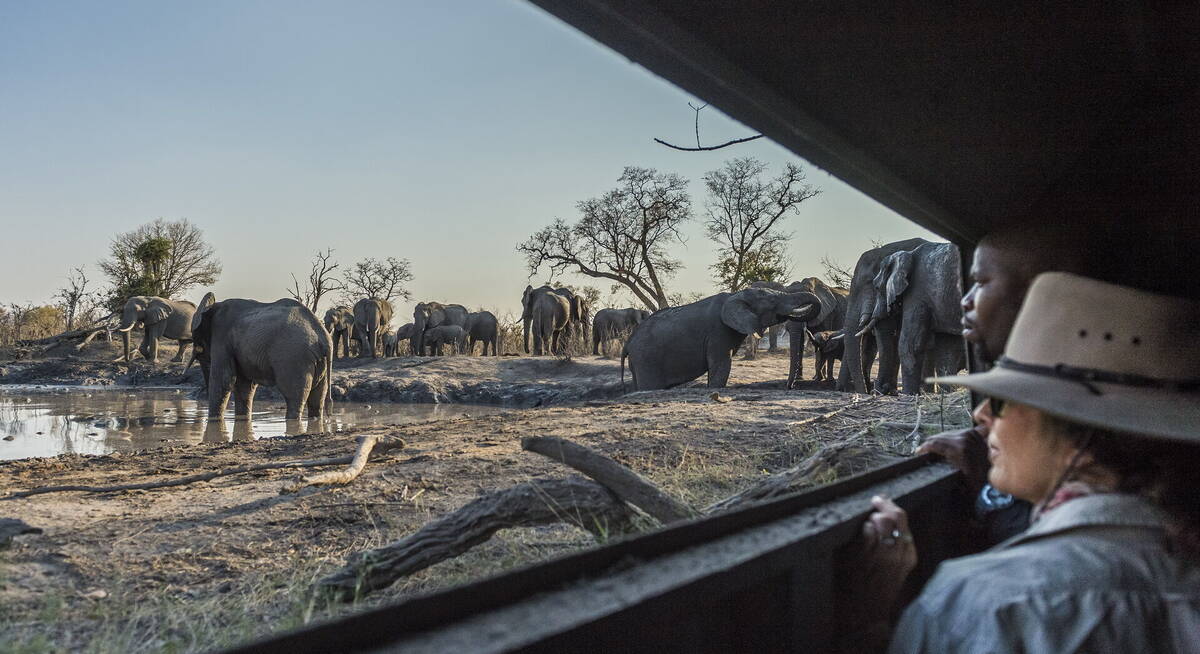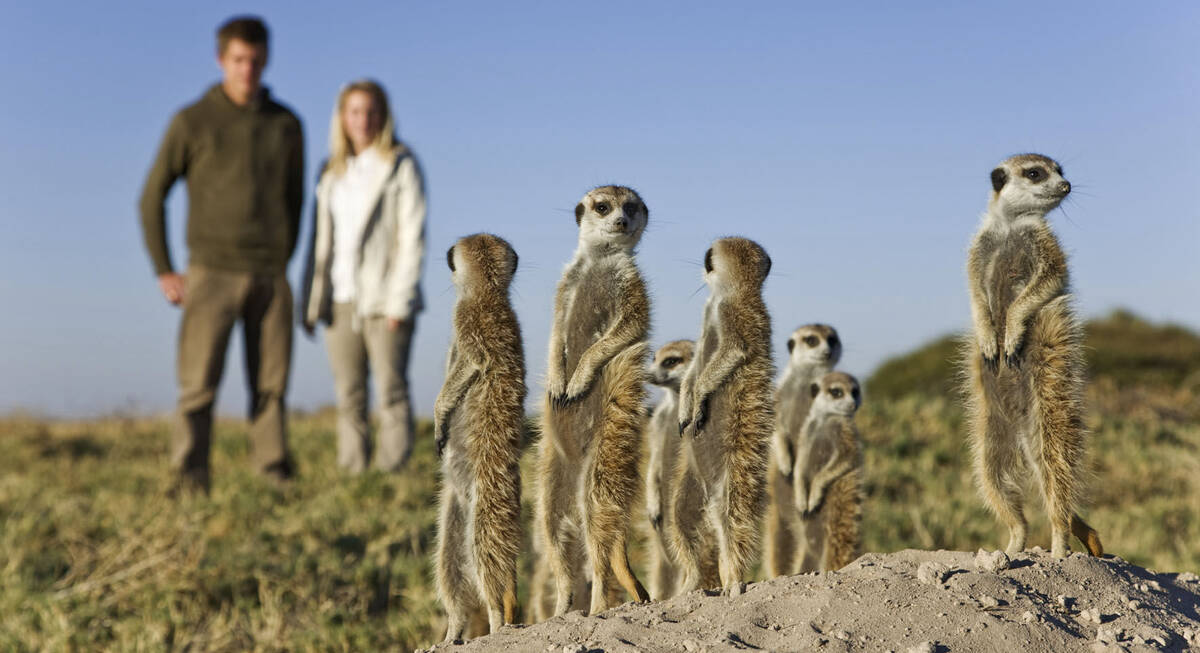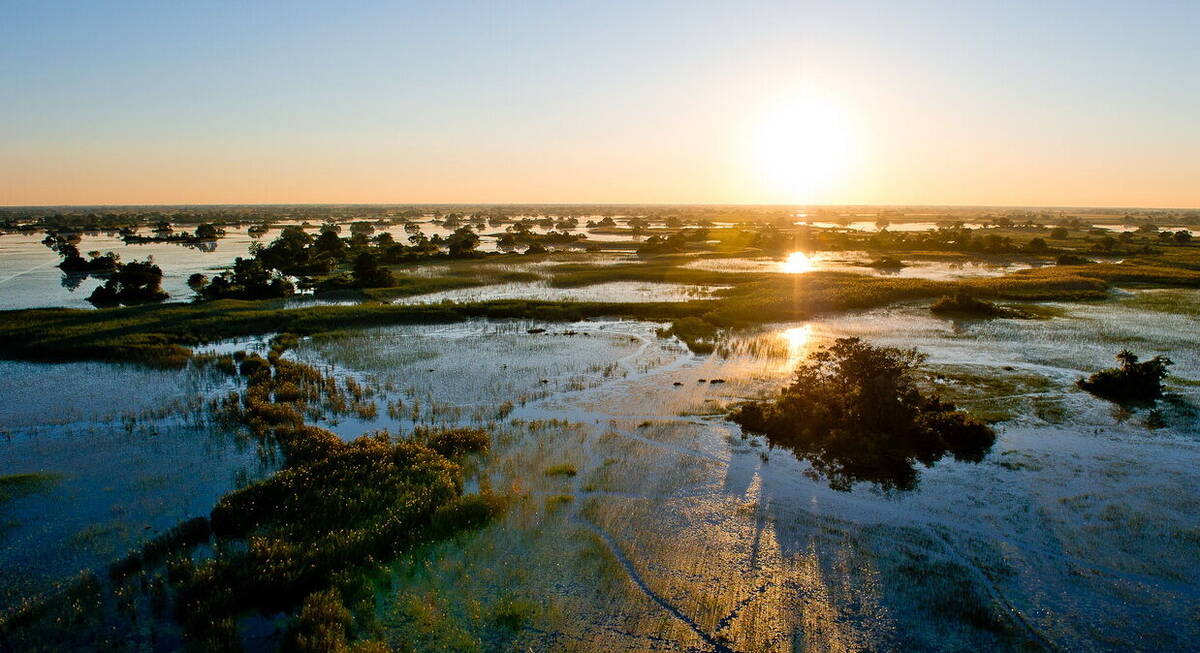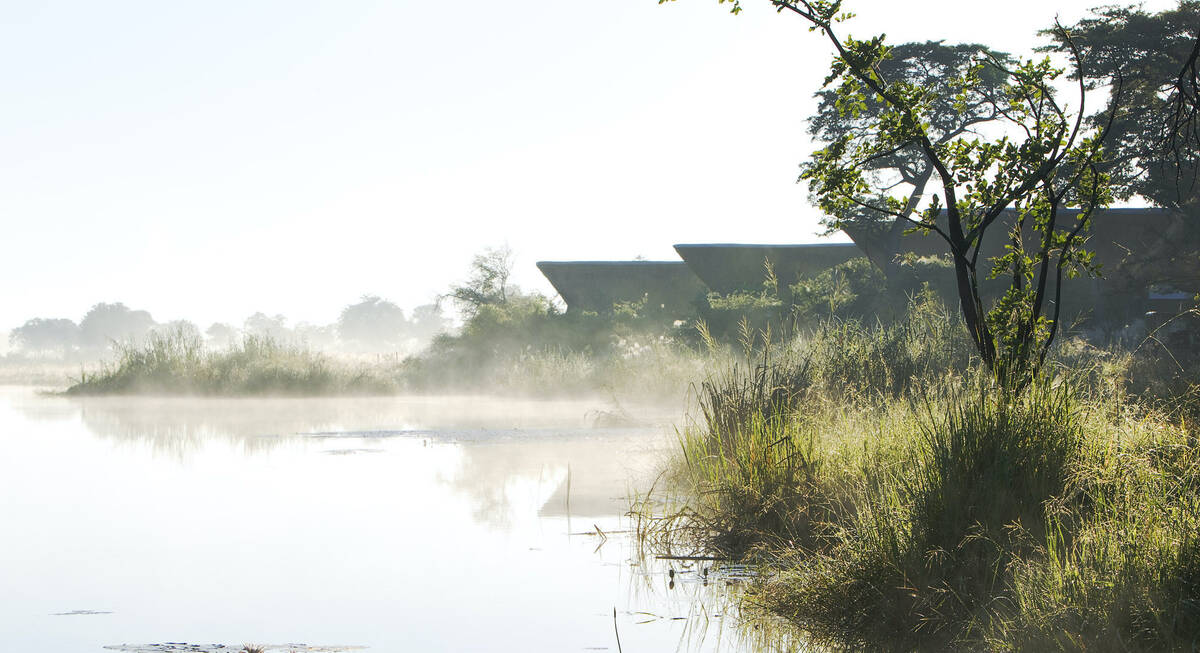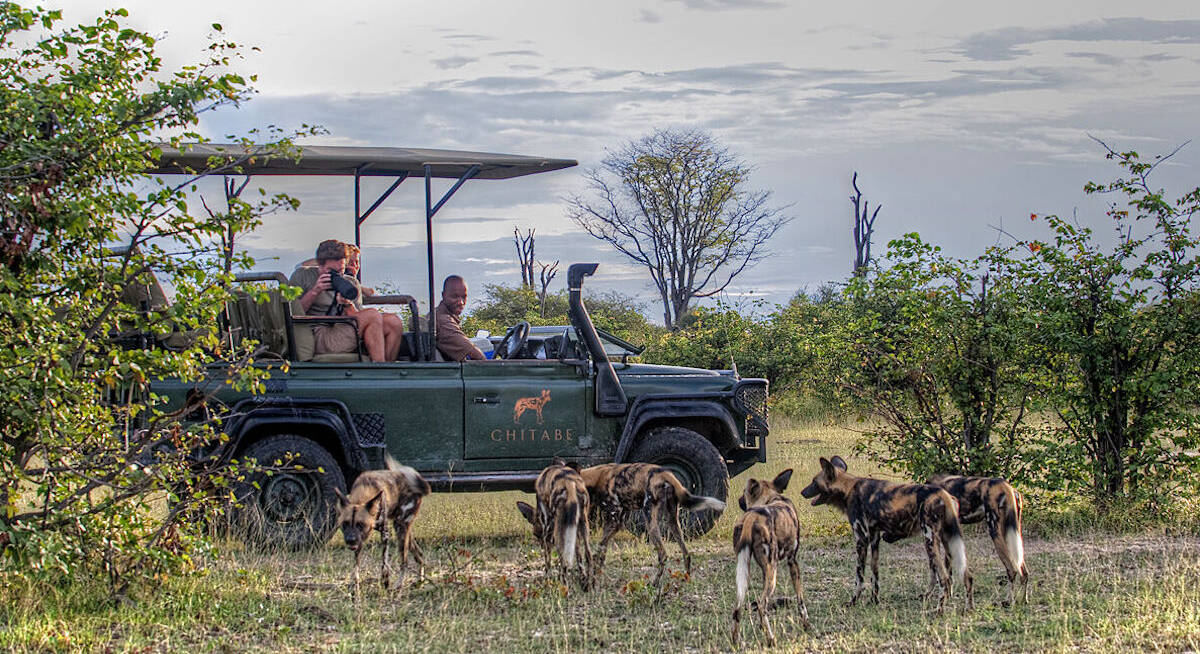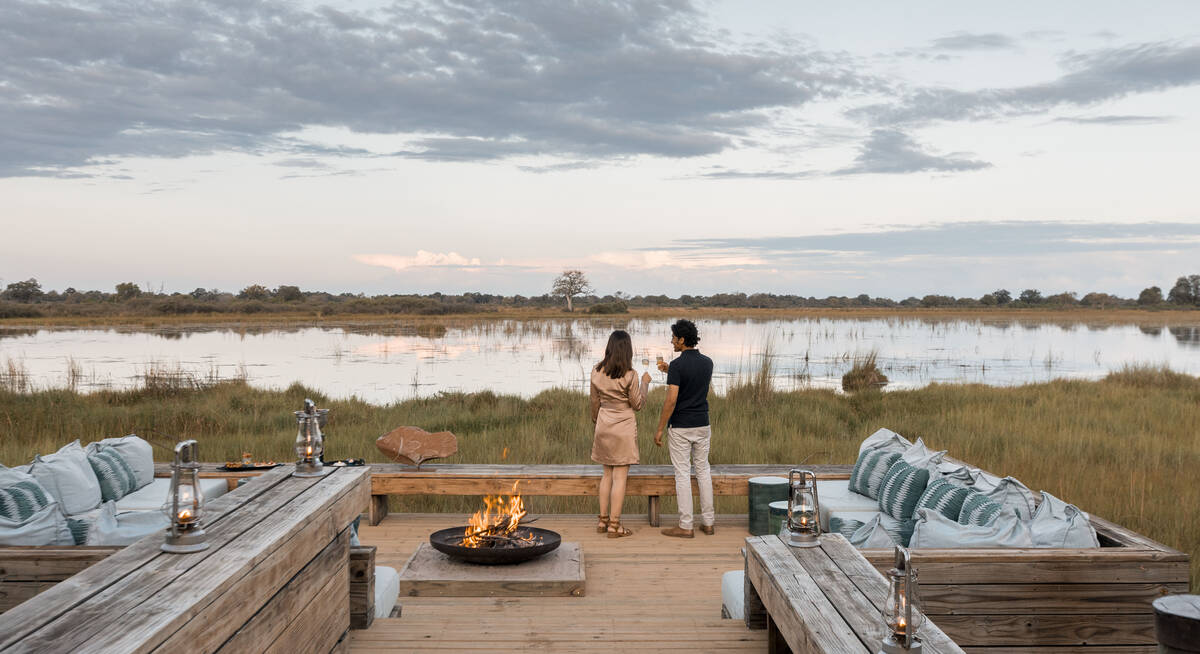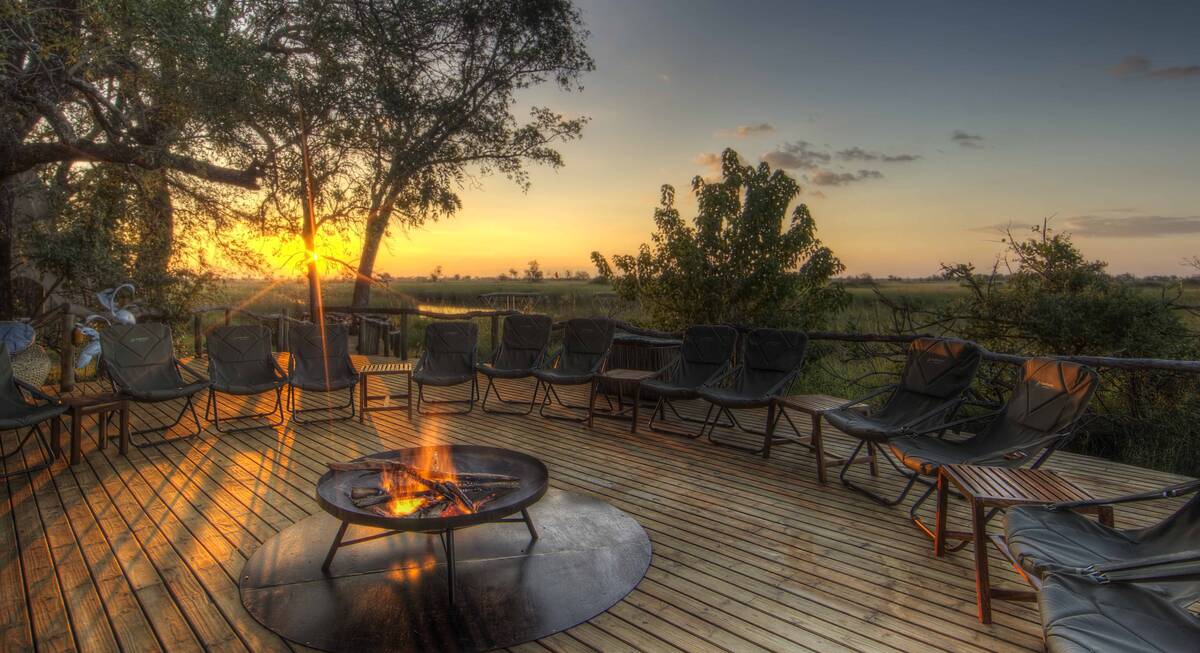1984: The base case: this was a massive flood, the largest on record.
2004: Good local rainfall gave an early peak; but the rainfall in Angolan Highlands was weak.
2005: Little rainfall led to a poor flood year -even the April-May surge couldn’t make up for
2006: A very poor flood year, with low rains here and in Angola’s Highlands.
2007: High flow in January wasn’t built on by poor local rains. A mediocre flood.
2008: A very dry year in the Delta, little rainfall and minimal flood.
2009: A strong flood year with late rains; the beginning of several high-water years.
2010: A strong flood with two distinct peaks: early local rains and late Angolan floodwater.
2011: A very strong flood year, coming to a saturated Delta after two other high floods year.
2012: Return to more normal flood levels, but coming after three strong years.
2013: Started as a mediocre flood year but the rains in May and after were very poor.
2014: Has been a relatively dry year so far - watch this space for updates!
Video gallery
• The Delta is to some extent like a sponge; when it’s been dry for a while it will take time to soak up the water – but after that less water will soak in, and more will stay on the surface.
This data has been carefully gathered on an amazingly consistent basis by the dedicated team at Aliboats, makers of great aluminum boats; we are indebted to them for this data. Any errors in interpretation are entirely our fault.
Our top picks for holidays to Botswana
We'll always tailor-make your Safari for you. Here are some of our favourites to inspire you.

Looking for inspiration on where to travel next?
Visit our trip chooser to explore your options and find inspiration for your perfect African adventure
Inspire me